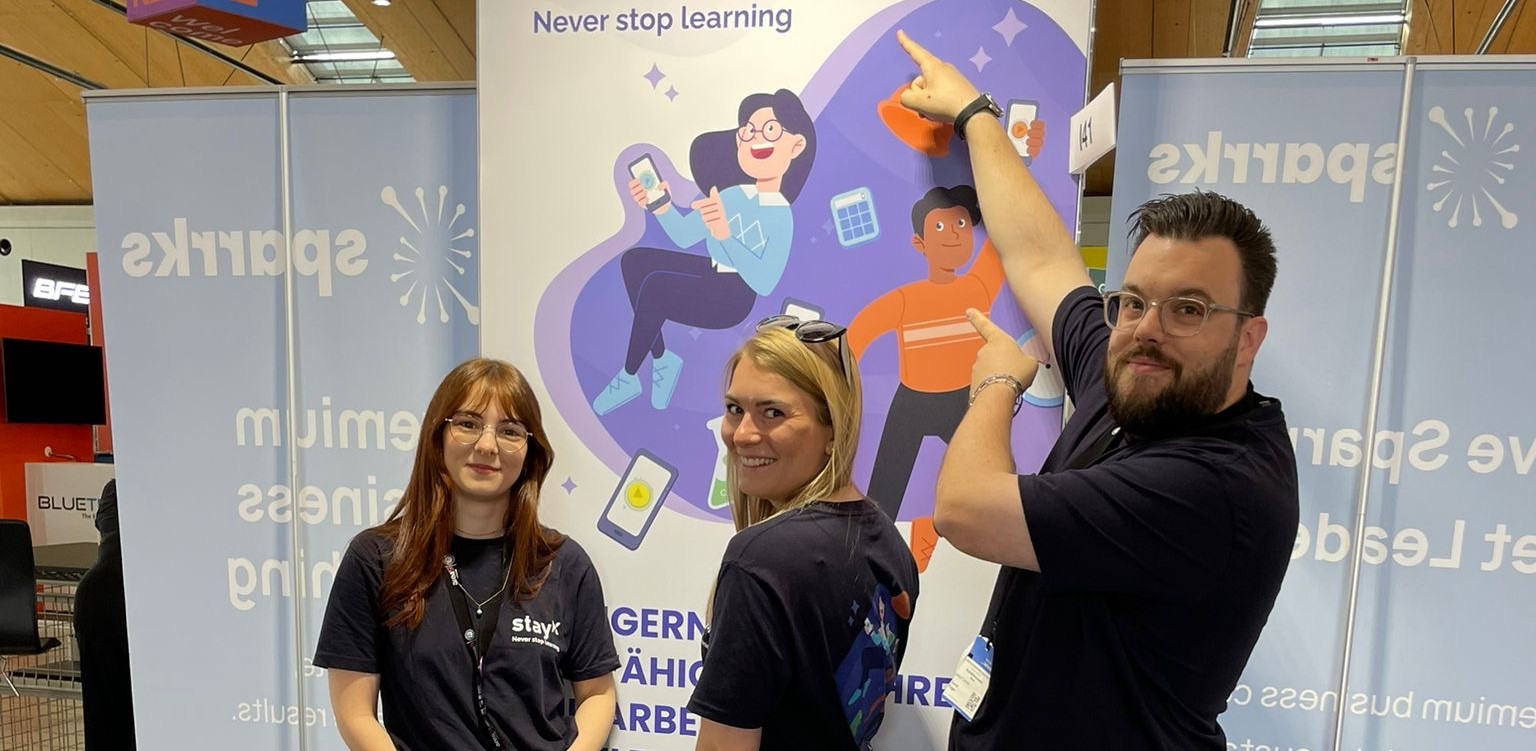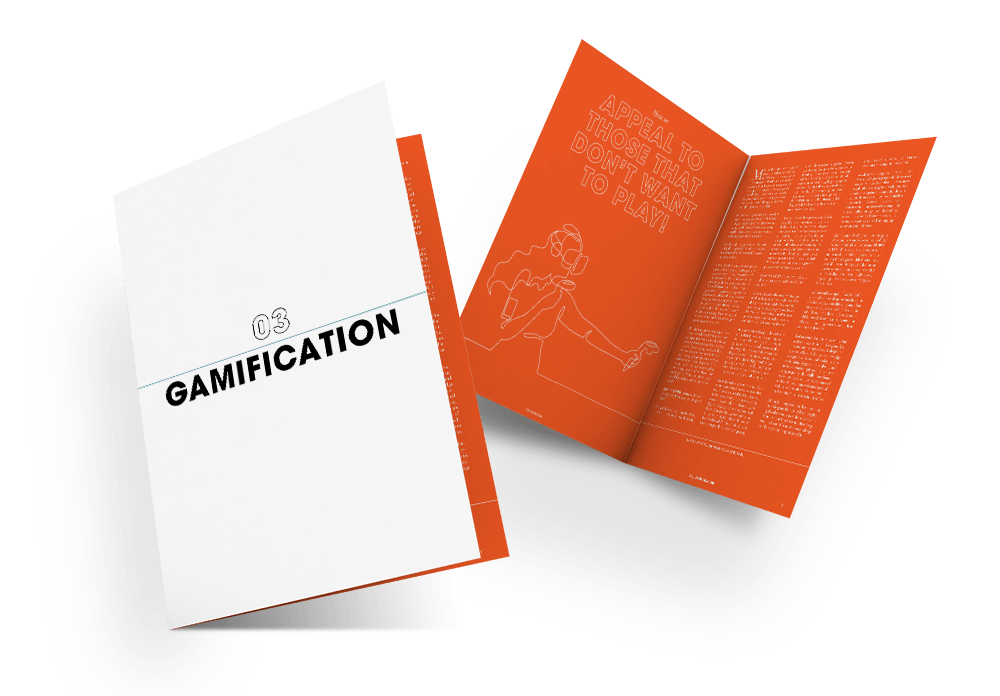- Industries

Transforming Financial Instructions
With Innovative Digital Solutions - Services

Reduce Corporate carbon Footprint with gecco2
- Insights

The Role of AI in Banking
- About
- Industries

Transforming Financial Instructions
With Innovative Digital Solutions - Services

Reduce Corporate carbon Footprint with gecco2
- Insights

The Role of AI in Banking
- About
EN
who don’t want to play
My mother has never enjoyed games, virtual games to be precise. She likes the cute nature of the characters within them, the whimsical soundtracks and noises but never wanted to be a part. As someone that enjoy games themself, this always struck me as odd. Just like there’s a movie, a song or a book for everyone, there’s also a game for everyone. There just has to be. Right?
Gamifi
cation
These principles extract the power of gamification
to your digital business model.
Gamifi
cation
These principles extract the power of gamification
to your digital business model.






